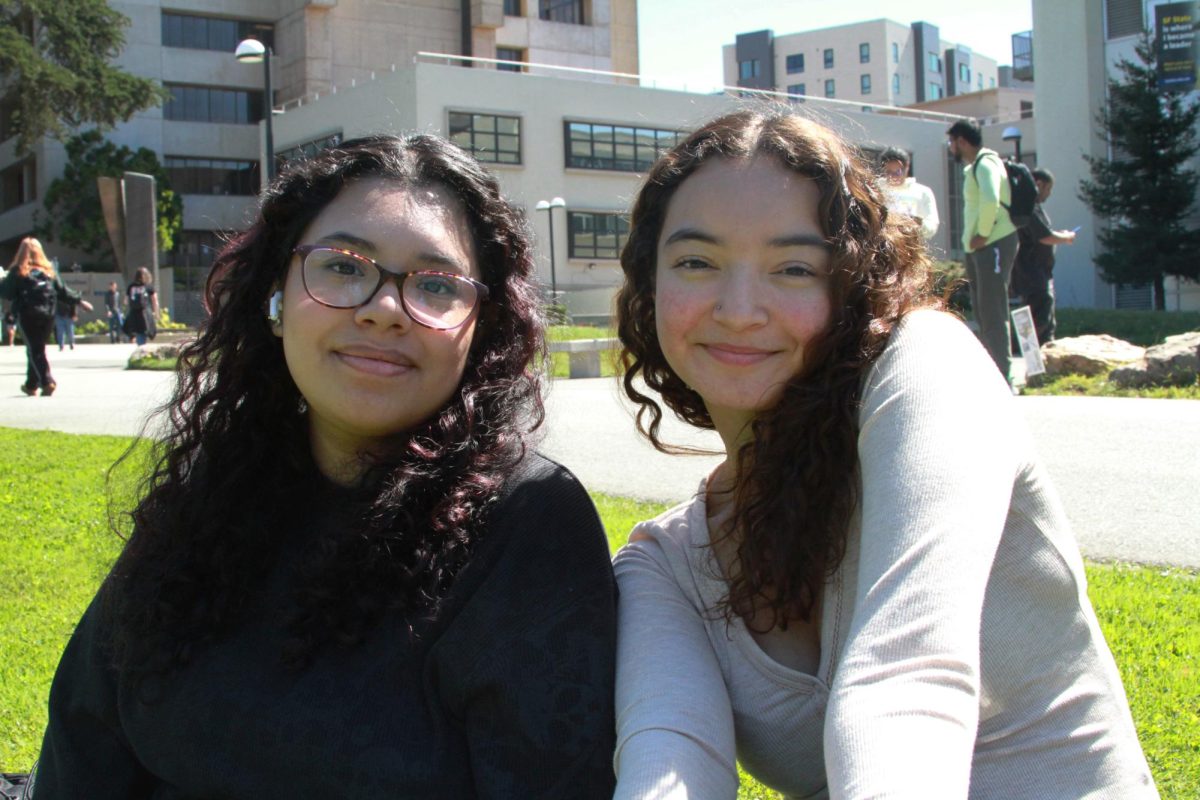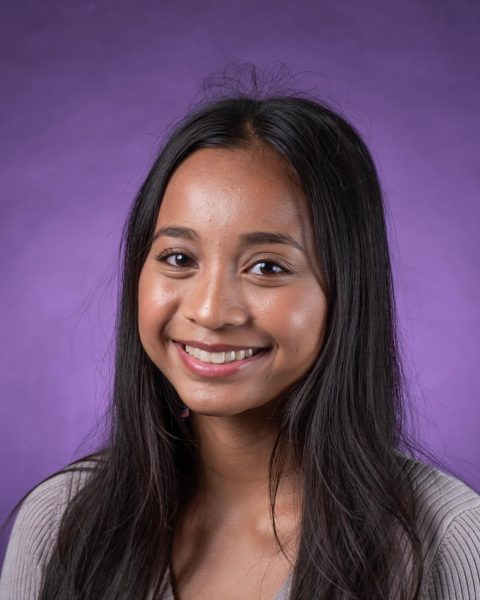This November, two types of elections will be held for San Francisco voters: the local election and the national election. However, students at San Francisco State University seem to only be involved with the latter.
The district election is one of the many local elections on the November ballot this year. San Francisco voters can participate in voting for the city’s mayor, city attorney, district attorney, sheriff, treasurer, Board of Education members, City College of San Francisco Board of Trustees and Bay Area Rapid Transit (BART) Board of Directors for Districts 7 and 9.
“What exactly are district elections again?,” said Sofia Green, a creative writing student at SFSU. Green planned to only vote in the national election but said she would consider voting in the district elections after finding out about it.
District elections decide who will be a part of the San Francisco Board of Supervisors, a group of 11 individuals representing the 11 districts of San Francisco. The Board of Supervisors helps create local legislation by voting to approve resolutions, motions and ordinances every Tuesday in public meetings at San Francisco City Hall, according to the San Francisco Board of Supervisors’ website.
This year’s district election will decide who will be the supervisors for districts 1, 3, 5, 7, 9 and 11 for the next four years. SFSU’s campus is included in District 7’s boundaries.
Political Science Professor Jason McDaniel said the main issues for voters in District 7 are visible homelessness, affordable housing and public safety. McDaniel said these concerns will drive voters to participate in the district election this year, according to an interview with Golden Gate Xpress.
Stephen Martin-Pinto is the only candidate running for District 7 who’s spending less than half of the average amount of expenditures, spending a total of $84,093 for his campaign. In contrast, Matt Boschetto spent a total of $213,711 and Myrna Melgar spent a total of $304,007.
A study done by the Pew Research Center shows that 86% of U.S. adults aged 18 to 29 prefer to get their news digitally. But how effective are their campaigns for SFSU students?
Green, who is not an avid television news watcher, mainly consumes news through social media.
“I get my news through memes on Instagram, unfortunately,” said the 18-year-old first-time voter.
However, Green is not alone in this practice of consuming news through social media. Pew reports that U.S. adults’ news consumption on YouTube, Instagram and TikTok has risen by an average of 10% since 2020.
The District 7 candidates tend to post on Instagram more than other social media sites.

Melgar, who is the incumbent District 7 supervisor running for reelection, posts on Instagram almost every day.
“We are a local grassroots campaign with a limited budget,” said Jordi Barrientos, the field director for Melgar’s campaign.
Barrientos said they have been reaching voters primarily through volunteers and social media.
Martin-Pinto, who joined the race in April 2023, has posted sporadically on Instagram since December 2023. Additionally, candidate Boschetto posted an average of two posts a week on Instagram since beginning his campaign in July 2023.
While Boschetto feels like using Instagram is the appropriate mode of social media communication for his demographic, he said his posts tend to “get lost in a lot of the ether.”
Most students at SFSU, like Green, get their news from apps like Instagram and X, formerly known as Twitter.
“Instagram is familiar,” said Kaique Carlos, a third-year biology student. “Nobody reads newspapers like that anymore.”
However, Carlos said he is unfamiliar with the upcoming district election and does not know what district SFSU is in.
“I know nothing about the district election,” Carlos said. “But I know we’re in San Francisco County.”
Other SFSU students feel distrust when using social media for their news consumption.
Two freshmen at SFSU, Kaylee Ortiz and Fernanda Cruz, said they try to find other sources of information before going to their phones for news.
“My dad always informs me about candidates,” 18-year-old Cruz said.
Cruz said she often sees users on social media painting candidates in a negative light by only pointing out the candidates’ flaws or past mistakes.
“If I get my news from social media, it’s very biased,” said Cruz. “I’m in a position where I don’t know where to go.”
Ortiz, who also recently turned 18, will be a first-time voter this year. She hopes to do more research about the candidates but is weary about her current research habits.
“Social media is false a lot of times and negative when it’s about voting,” said Ortiz.
Another way the candidates have campaigned is through mail.
“They’re just papering the entire complex,” said Larry Salomon, a resident of Parkmerced and an Ethnic Studies professor at SFSU. “Door knocking doesn’t happen very often.”
Boschetto said he knocks on up to 200 doors a day and he and his team combined knock on about 1,000 doors a day.
“You get this personal connection and they get to see you as a human being in ways that they can’t do at a larger event,” said Boschetto. “It has been the most effective method for outreach.”
Melgar’s campaign volunteers’ main priority for her campaign has been door-knocking, according to Daniel Lupin, a general consultant for BMWL, the campaign consulting firm Melgar hired.
“We’re trying to talk to as many voters as we can face-to-face,” said Lupin. “We want to tell as many voters as possible about Myrna and what she stands for.”
However, Salomon said candidates’ campaigns are nonexistent on campus, despite Parkmerced being SFSU’s neighboring residential area.
“It’s ironic too because we’re often considered a politicized campus,” Salomon said.
However, being a politicized campus is not enough to get students involved in local politics when a large portion of the school is not registered to vote in San Francisco.
SFSU is considered a “commuter school” with 88.5% of the university’s population commuting to campus, according to Fall 2021 SFSU census data.
“I have 50 students and maybe five or 10 are San Francisco residents or grew up in the city or have any connection to the local issues here,” Solomon said.

According to polls conducted by Golden Gate Xpress, 50 SFSU students on Monday, Sept. 23 were asked if they were registered to vote, where they are registered to vote and if they plan to vote in their local election.
Among the polled SFSU students, outlier Vaughn Scott defies the trend of low young voter participation in local elections. Scott, a commuter computer science student at SFSU, is an Oakland resident who plans to vote in Oakland’s local elections this year.
“I usually watch a lot of news. I read the Oakland Tribune to stay caught up as much as I can,” Scott said.
Scott said he will do whatever he can to exercise his right to vote.
“I vote all the time,” said Scott. “I even ask my friends what to vote for if I don’t know. Sometimes, I just guess and pick whoever to make sure I vote.”














